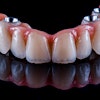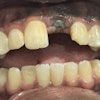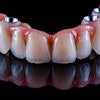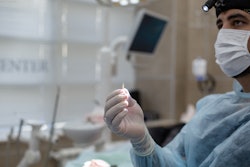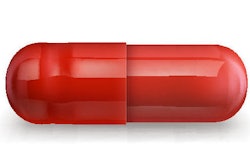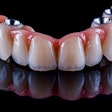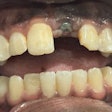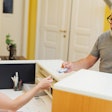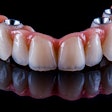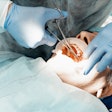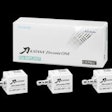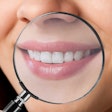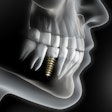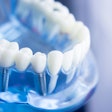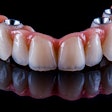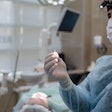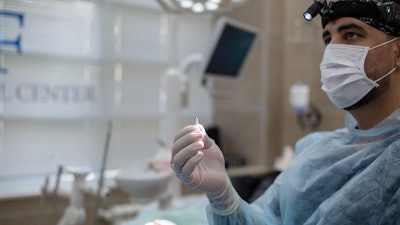
Administering a one-minute pulse of ultraviolet (UV) light right before placing a titanium implant prosthetic may significantly improve healing, according to a study recently published in Cells.
Using the device chairside prior to implant placement demonstrates how one-minute UV treatment prompts gum cells to seal the prosthetic, restricting invasion from germs and decreasing incidents of peri-implantitis, Dr. Takahiro Ogawa, PhD, of the University of California, Los Angeles Weintraub Center for Reconstructive Biotechnology, said in a university press release.
"We have entered a new era in dental implantology. The possibilities are limitless, and I am incredibly excited about the potential impact on oral and overall health,” Ogawa said in the release.
Utilizing UV light on titanium has become a recognized method for enhancing the bone compatibility of titanium-based implants. However, despite its anticipated value in dentistry, its adoption in clinical practice has been hindered by the requirement for extended UV exposure time and a misalignment with its promising potential, according to the study's authors (Cells, October 29, 2023, Vol. 12:21, 2542).
Thanks to a technique that eliminates a layer of hydrocarbons, which are naturally deposited on implant surfaces and are linked to considerable postsurgical complications, researchers cut the UV exposure time from 48 hours to one minute. In addition to sealing the implant and limiting bacteria, this technology allows for more versatile occlusion and could possibly eliminate the need for smaller implant crowns and reduce the number of necessary bridge implants, Ogawa said.
However, the researchers noted that a limitation of the study was that the treatment is proven for soft-tissue cells. Further research is needed to examine the effects of UV treatments on osteogenic cells and in vivo osseointegration, according to the study.
“One-minute vacuum UV photofunctionalization as a decarbonizing procedure and biological activator would be of significant clinical benefit, and we saw no evidence of potential adverse events such as discoloration and surface damage,” Ogawa et al wrote.

